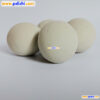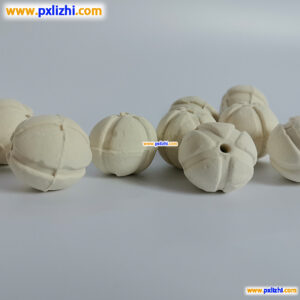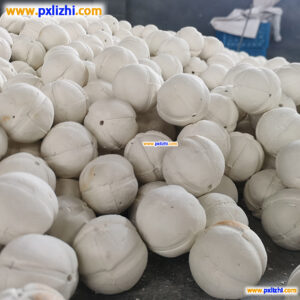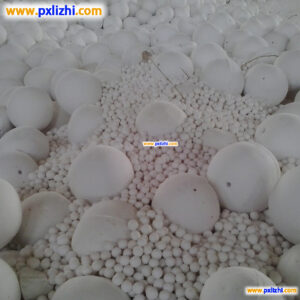
Are ceramics inert? Whether ceramics are inert needs to be judged comprehensively based on their material, chemical composition and usage environment, and cannot be generalized. The following provides a detailed analysis from different perspectives:
Most ceramics possess “inert” characteristics.
1. Strong chemical stability
Traditional ceramics (such as household ceramics and architectural ceramics) are made from materials like clay, quartz, and feldspar. After being fired, they form silicate substances, which have strong resistance to corrosion by water, acids (except hydrofluoric acid), alkalis, and most organic solvents. For example, ceramic beakers can hold strong acids (such as hydrochloric acid and sulfuric acid) and are not easily corroded.
Special ceramics (such as alumina ceramics and silicon carbide ceramics) exhibit even more inert properties:
Alumina ceramics: Resistant to strong acids and alkalis, only soluble in hydrofluoric acid and molten strong alkalis (such as sodium hydroxide). They are commonly used in chemical corrosion-resistant components.
Silicon carbide ceramics: Strong oxidation resistance. They can resist most chemical media erosion below 1600°C and are suitable for high-temperature corrosive environments.
2. Excellent thermal stability
The melting points of ceramics are generally high (for example, the melting point of common ceramics is > 1200℃), and they do not react with other substances at high temperatures. For instance, refractory ceramics can be used in blast furnace linings and furnace components.

II. Some ceramics may not be “inert”
1. Composition affects reactivity
If reactive components (such as alkali metal oxides K₂O, Na₂O) are added to ceramics, their chemical stability will be reduced. For example, if there are a lot of basic oxides in low-temperature ceramic glazes, they may slowly release ions in an acidic environment, showing certain reactivity.
Porous ceramics (such as molecular sieve ceramics) have a large number of hydroxyl groups (-OH) or active sites on their surfaces, and may react with specific substances through adsorption or chemical reactions. For example, when used for gas purification, they can adsorb water vapor or harmful gases.
2. Environmental Trigger Reactions
Under certain conditions, ceramics may react with the surrounding medium:
Hydrofluoric acid (HF): Almost all ceramics will be corroded by hydrofluoric acid because HF can react with silicon dioxide (SiO₂) in the ceramics to produce tetrafluorosilane (SiF₄) gas. For example, ceramic containers should not be used to store hydrofluoric acid.
Molten substances: At high temperatures, ceramics may react with molten metals and salts. For instance, molten sodium carbonate (Na₂CO₃) will react with SiO₂ in the ceramics to form sodium silicate (Na₂SiO₃), causing the ceramics to corrode.
III. Typical Applications of “Inert Ceramics”
Chemical industry: Inert ceramic balls (such as high-aluminum ceramic balls) are used to support catalysts in reactors. Due to their property of not reacting with reactants, they prevent interference with the process.
Medical field: Biologically inert ceramics (such as zirconia ceramics) are used to make dentures and bone implants because they do not react with human tissues and have good compatibility.
Electronic field: Alumina ceramic substrates, due to their insulating and chemically inert properties, can be used as packaging materials for integrated circuits.

Summary
Most ceramics exhibit inertness under normal conditions, especially high-purity specialty ceramics; however, the inertness of ceramics is relative and is influenced by factors such as composition, temperature, and contact medium. A few ceramics or under specific conditions, they may react. When determining whether a ceramic is inert, it is necessary to analyze the specific material and usage scenario.












Reviews
There are no reviews yet.